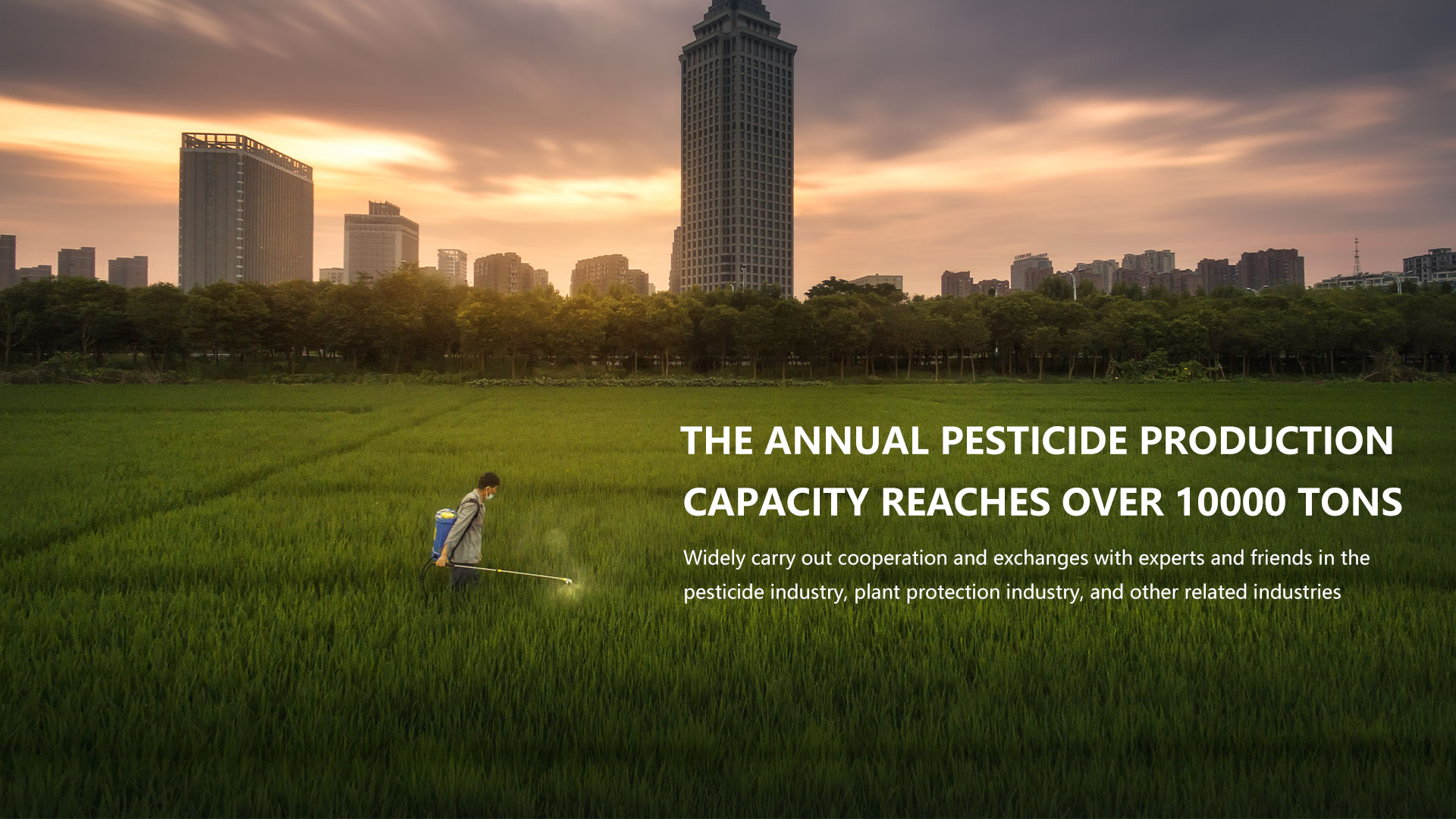In view of the characteristics of long-distance migration, concentrated outbreak and hidden damage of armyworm, all localities should pay close attention to the occurrence trend and weather conditions of armyworm in surrounding areas, carefully conduct local adult worm trapping, female moth ovary development progress and field egg worm quantity investigation, timely release short-term forecast, guide farmers to carry out effective prevention and control, and strive to maximize the control of armyworm harm.
The first and second generation of armyworm have large area, high density area and high residue amount
The second generation of armyworm is common in Northeast China, North China, Huanghuai, Southwest and Northwest China. The area of armyworm is 64.95 million mu, which is the highest value since 2001. High-density populations were found in western Heilongjiang, central and western Jilin, central Liaoning, southeastern Inner Mongolia, Guanzhong Shaanxi, Longdong Gansu, northern Ningxia, southern Sichuan, western Guizhou and northern Yunnan, with a general population of 30-100 and a maximum of 200-500. Keuhouqi in Inner Mongolia, Xunyi in Shaanxi, Yanyuan in Sichuan and Xishui in Guizhou have 2000-5000 head of heavy hair fields.
Prevention and control have been carried out all over the country for areas and fields with more serious hazards, and the national prevention and control area is 46.6 million mu. After investigation and control, the residues per square meter of each type of fields were 2.4-3.0 head in Heilongjiang, Liaoning and Inner Mongolia, 1.3-1.8 head in Henan, Sichuan and Yunnan, 0.6-0.9 head in Tianjin, Shandong, Shaanxi, Ningxia and Guizhou, 0.3 head in Jilin and Hebei and 0.05 head in Shanxi. Compared with the annual average, the residual insect quantity was lower in Jilin, Beijing, Henan, Shanxi, Shaanxi and Gansu, but higher in most other regions, including 158% higher in Yunnan, 50% higher in Heilongjiang and Liaoning, and 20% higher in Inner Mongolia, Tianjin, Hebei, Shandong and Ningxia. See Table 1 for the specific values of residual insect quantity.
Table 1 Statistical table of second-generation armyworm occurrence in China
|
province |
Insect area (10,000 mu) |
Control area (10,000 mu) |
Average insect population in wheat fields (head /m2) |
Maximum insect population in wheat fields (head /m2) |
Average insect population in maize and sorghum fields (head / 100 plants) |
Maximum insect population in maize and sorghum fields (head / 100 plants) |
Weighted average insect residues by field type (head /m2) |
Rate of increase or decrease of average residual insect population over the average annual value (±%) |
|
|||||||||
|
Amur River |
517 |
231 |
—— |
—— |
20.00 |
50 |
3.00 |
49.2 |
|
|||||||||
|
Ji Lin |
497 |
357 |
—— |
—— |
21.50 |
330 |
0.27 |
-77.9 |
|
|||||||||
|
Liaoning |
700 |
500 |
—— |
—— |
15.66 |
300 |
3.00 |
57.9 |
|
|||||||||
|
Inner Mongolia |
1364 |
1178 |
25.73 |
620 |
32.38 |
2750 |
2.36 |
18.0 |
|
|||||||||
|
Beijing |
45 |
25 |
8.70 |
97 |
0.70 |
3 |
0.50 |
-87.7 |
|
|||||||||
|
Tianjin |
30 |
22 |
0.24 |
5 |
2.10 |
45 |
0.65 |
18.1 |
|
|||||||||
|
|
Hebei |
1389 |
1055 |
0.82 |
80 |
6.85 |
85 |
0.29 |
20.8 |
|||||||||
|
|
Shandong |
375 |
313 |
3.80 |
134 |
3.60 |
108 |
0.70 |
18.7 |
|||||||||
|
|
Henan |
180 |
23 |
2.60 |
10 |
6.30 |
20 |
1.40 |
-10.0 |
|||||||||
|
|
Shanxi |
306 |
46 |
1.33 |
15 |
4.10 |
350 |
0.05 |
-93.0 |
|||||||||
|
|
Shanxi |
375 |
160 |
0.11 |
2 |
17.07 |
4000 |
0.78 |
-56.9 |
|||||||||
|
|
Gansu |
254 |
306 |
—— |
—— |
14.62 |
1350 |
0.99 |
-40.0 |
|||||||||
|
|
Ningxia |
120 |
143 |
6.29 |
106 |
43.66 |
325 |
0.88 |
26.0 |
|||||||||
|
|
Sichuan |
30 |
30 |
1.17 |
117 |
41.00 |
2118 |
1.32 |
3.7 |
|||||||||
|
|
Guizhou |
63 |
50 |
—— |
—— |
45.00 |
5160 |
0.65 |
-8.0 |
|||||||||
|
|
Yunnan |
250 |
220 |
22.70 |
200 |
87.34 |
1800 |
1.78 |
158.0 |
|||||||||
|
|
total |
6495 |
4660 |
|
|
|
|
|
||||||||||
Second, the adult peak of the second generation and the egg of the third generation appeared in some areas of Northeast China, North China and Huanghuai
Since mid-July, the second generation of moth peak has appeared in some monitoring sites in the northeast, North China and Huanghuai areas, such as south-central Heilongjiang, north-western Liaoning, south-eastern Inner Mongolia, north-eastern Beijing, north-northern Tianjin, central Hebei, central Shandong and south-west China. The cumulative number of moths attracted by single light at each monitoring point was 326 in Shuangcheng, Heilongjiang province, which was 5.0 times and 11.5 times higher than the same period in previous years and last year, respectively. 1,772 head in Zhangwu, Liaoning Province, 20 times higher than the same period last year; 356 in Jinzhou, only sporadic moths in previous years; Tianjin Baodi 203 head, 3.1 times higher than the same period in the previous year and 7.5 times higher than the same period last year; In Anxin and Dacheng, 334 and 123, respectively. 1524 in Jining, Shandong province, 31.2% and 1.9 times higher than the same period in the previous year and the same period last year, respectively; Zibo 290 head, 4.5% lower than the same period last year, 3.2% higher than the same period last year. The total moth-attracting capacity of 10 poplar branches (229 in Pinggu, Beijing) was 2.3 times and 1.8 times higher than that of the same period in previous years and last year, respectively. Inner Mongolia Tongliao City station, Kezuohou Banner, Kailu County and Kezuozhong Banner had 380, 126, 115 and 101 heads respectively, the highest since local data were recorded. Other monitoring sites in the above provinces (districts and cities) and Shanxi, Henan and other places also appeared smaller moth peaks, and the cumulative lure of moths was mostly a few to dozens of moths.
Recently, three generations of eggs have been seen in Liaoning fields, such as Changwu County on July 23, the millet field has 0.35 eggs per square meter, the highest 0.58, a single piece at least dozens of eggs, many hundreds of eggs.
Thirdly, host conditions and weather conditions in the main region are favorable to armyworm occurrence
This year, the planting area of corn in Northeast China, North China, Huanghuai and other main producing areas was large and growing well, and the plants were tall and closed in the field in the middle and late growing period. The host nutrition and field ecological conditions were suitable for the occurrence of third-generation armyworm. According to the forecast of the National Climate Center, in August, most of Northeast China, central and eastern Inner Mongolia, North China, most of Huanghuai, eastern Northwest China and central and northern Southwest China will have more precipitation than usual, especially the southeast of Jilin, most of Liaoning, most of Hebei, Beijing, Tianjin, northern Shandong and western Sichuan, which will be beneficial to the migration and occurrence of armyinsects in these areas.



